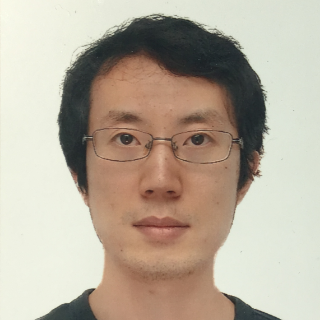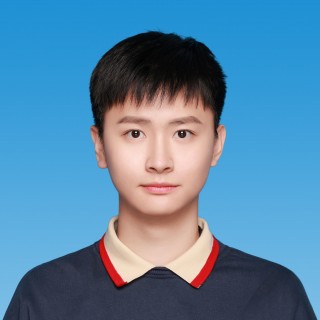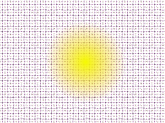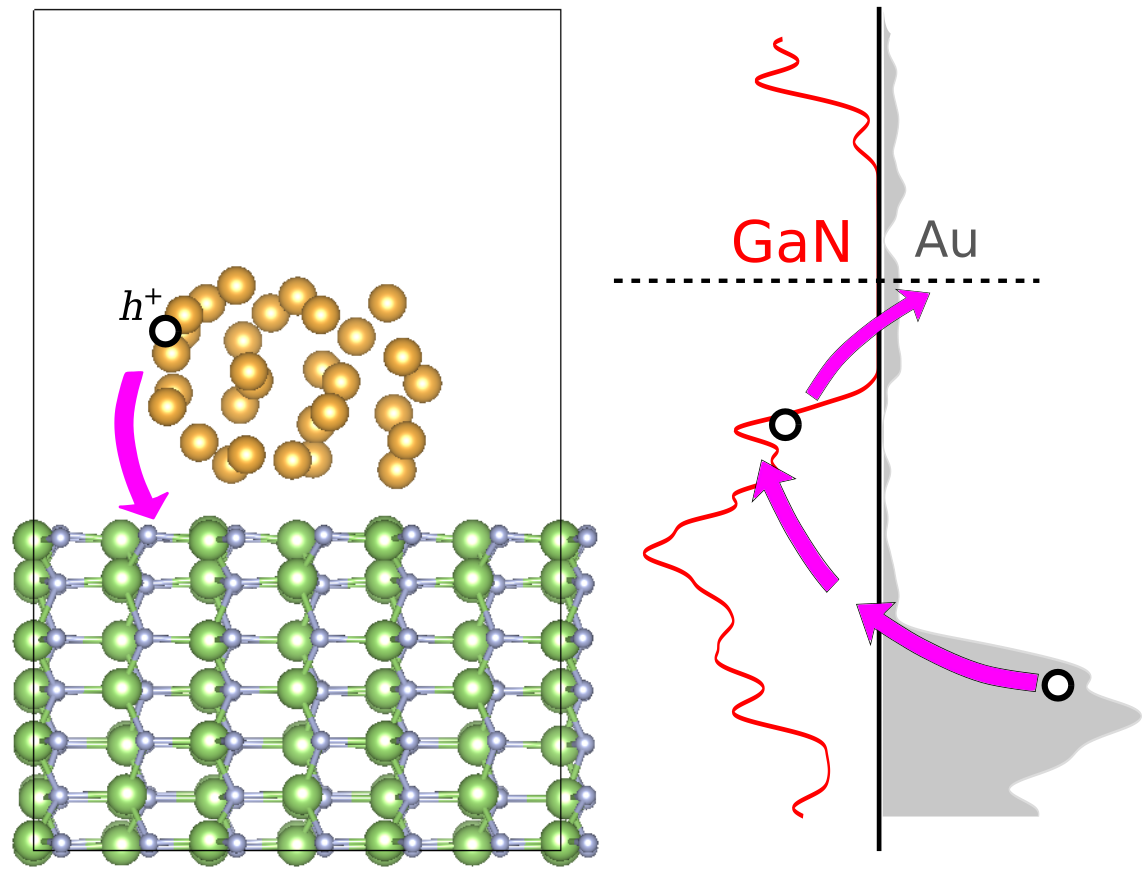分享到
实验室简介
We develop and use ab initio methods to simulate carrier dynamics in materials. By developing and applying the first-priniciple’s computation methods, I am interested in illustrating the ultrafast process of the excited carriers’ motion in various materials/devices, including bulk materials, interfaces, chemical reactions, and nano-materials. Understanding these processes will help to design more efficient materials or devices.
还没有发布内容
访问量:112








